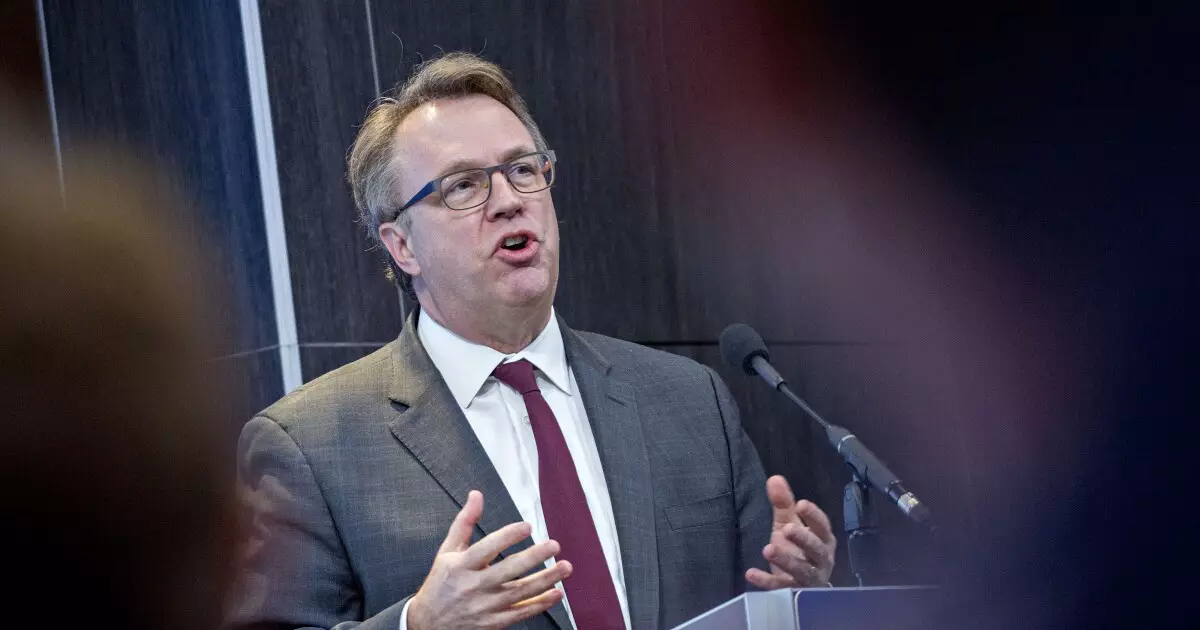The Federal Reserve has been facing high inflation rates and has expressed hesitation to make any immediate interest rate cuts. Analysts are now anticipating that interest rates will remain at a range between 5.25% and 5.50% until September. There is a growing concern that there may not be any rate cuts for the rest of the year, despite some market relief following the Fed’s recent statement. Inflation has started to decrease from a peak of 7.1% to 2.7%, as supply chains have stabilized and the cost of goods has gone down.
New York Federal Reserve Bank President John Williams emphasized the importance of looking at the totality of the data when determining monetary policy. He stated that it is not just about individual metrics like the employment report or GDP, but rather about understanding the overall trends in the economy. Williams highlighted the challenge of interpreting vast amounts of data to draw meaningful conclusions about the state of the economy.
Williams, a voting member of the Federal Open Market Committee, hinted that rate cuts are on the horizon, despite the current stance on interest rates. He mentioned that job growth has started to slow, but unemployment remains below 4%. The key to reducing inflation to the desired 2% level lies in achieving a balance between supply and demand in the market. The Fed opted to keep its key rate unchanged after the latest meeting, indicating a cautious approach to any potential adjustments.
Following the Fed’s latest statement, there has been a noticeable shift in the expected timeline for rate reductions. Previous guidance had suggested three rate cuts in 2024, with the first one potentially happening in June. However, the lack of progress towards the 2% inflation target has prompted a reevaluation of this timeline. If there are no cuts by September, there is a likelihood of a rate cut in December, according to experts.
Challenges and Considerations
There are several factors complicating the Federal Reserve’s decision-making process. Concerns about inflation, stagnant wage growth, and the ongoing trend of deglobalization are creating uncertainties in the market. The Fed’s current patience in holding off on rate cuts is seen as a strategic move to avoid any hasty decisions that may need to be reversed later. The gradual wind-down of the Fed’s balance sheet has been progressing smoothly, with minimal impact on the market.
Williams anticipates that GDP will continue to grow at a rate of 2% to 2.5% in the coming years, reflecting a slower but still positive trend. There are indications of increased caution among consumers in their spending habits, which could further impact economic growth. While the economy remains stable, there is a notable deceleration in the pace of growth, signaling a shift towards a more cautious approach in the market.
Overall, the Federal Reserve’s outlook on interest rate cuts reflects a delicate balance between managing inflation and sustaining economic growth. The decision-making process involves analyzing various economic indicators to make informed policy decisions. As the market dynamics continue to evolve, the Fed will need to carefully navigate the changing landscape to ensure stability and growth in the economy.

